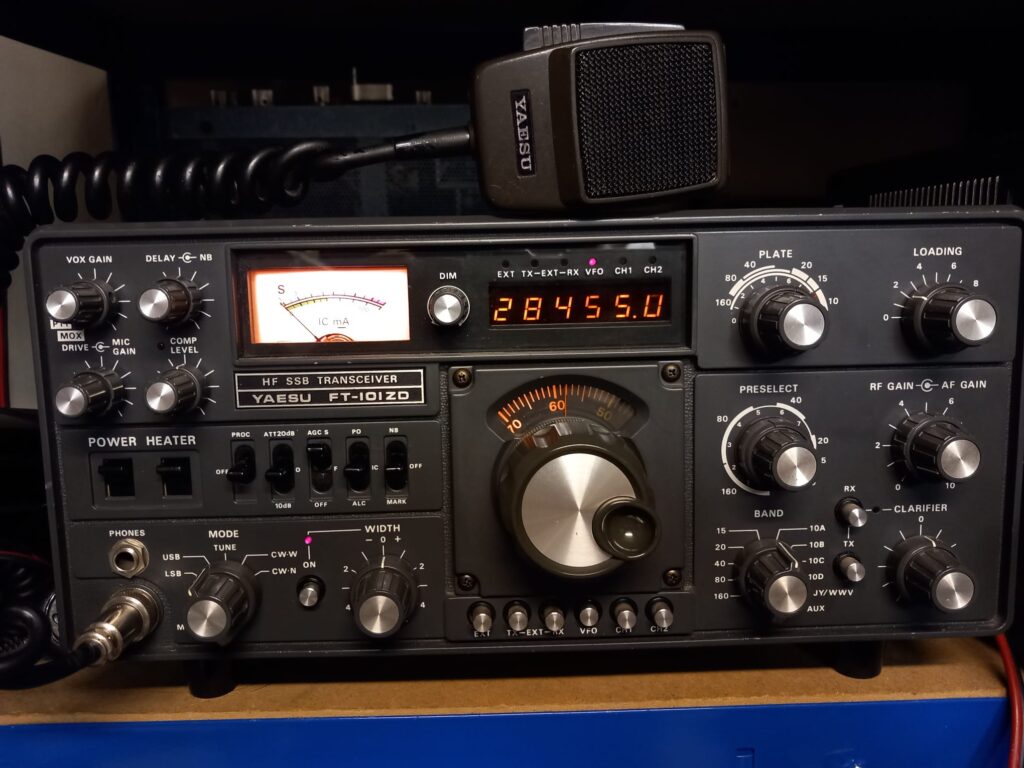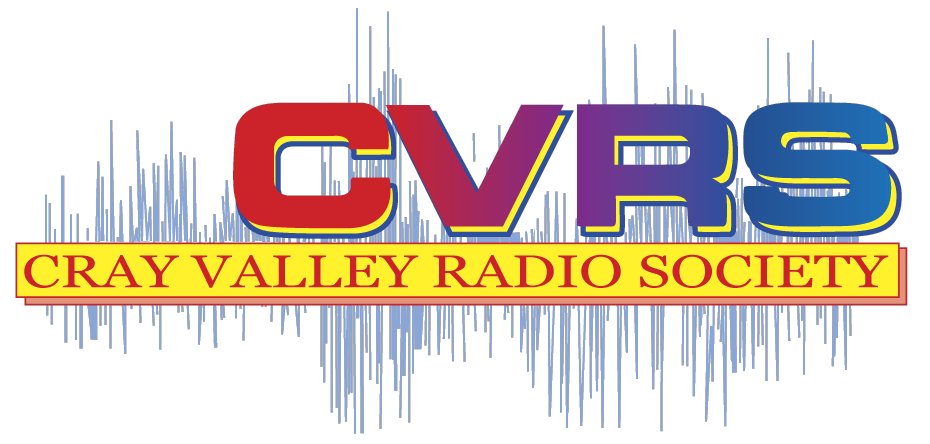Using your Foundation Licence
Congratulations! You now have your Foundation Licence…. Perhaps you feel pretty much on your own. Where do you go from here?
There are challenges. If you can keep the flame of enthusiasm alive you will be rewarded by a hobby which will repay you with interest, achievement, personal development and enjoyment for a lifetime. At this early stage a setback can mean giving up and moving on to beer-mat or stamp collecting (no offence to philatelists). That would be a shame. Remember the concept of the Foundation Licence is as an introduction. This could be a passing fancy. If you are lucky you will stay for the long haul.
What are the Challenges?
Well, for instance, you may be microphone shy (everyone’s early problem).You make CQ calls on a 2m handheld and nobody answers. You see another amateur’s well equipped shack, and for you that seems unobtainable. You have very little, and everything costs so much in the radio magazines. The 10 Watt limit appears to cut you off from communicating. Your licence seems to be of little use…..It is easy to do nothing.
But there really is so much to do. There are a few important first steps which will be very productive. From the beginning, be an active radio amateur. Take full advantage of your membership of the Cray Valley RS (or any other radio club of which you are a member).
There is a lot of expertise in the club and members are happy to help you. Sometimes it is possible to get a loan of equipment to tide you over. When you come to buy equipment you will really need guidance. There will be used equipment sales where you can pick up a bargain. There are regular club nets and by joining them you can gain familiarity and confidence. The 2m Sunday morning net (145.350 MHz) is quite casual. You can get a signal report and gauge your reception range. The club shack will be open weekly to give you a chance to operate using antennas you can only dream of. Special event stations and field days will take place where you will be very welcome. You will get ideas from the experience of others and from visiting speakers on club nights. You have a home station to set up. You can start with very little. Your shack can be a computer desk tucked in a corner. In fact, if you have a computer (even Raspberry Pi) with an RTL HF and VHF dongle it can be a very low cost communications receiver. Now you are able to get familiar with the amateur bands. Think about the antenna. (This is one of the things radio amateurs spend a lot of time thinking about!). There is no doubt this is pivotal to your ability to transmit and receive. What you can do here depends on your circumstances. If you only have limited space or live in a flat etc, explore the possibilities (see “Stealth Antennas”an RSGB pub.) Do you have garden space to deploy an HF dipole? Perhaps it will be something as simple as a 2m “Slim Jim” hanging from the curtain rail. Remember that your Foundation Licence allows you on most of the amateur bands and with 10 Watts. Ten Watts can get you around the world. For those interested in QRP operation 5 Watts is the limit! A lot of the exciting stuff, like DX, is on HF. So…… which piece of kit will have pride of place in your home station? This deserves a paragraph to itself.
Equipment
How to spend your hard earned cash or lack of it?
A danger is that you limit your ambitions to a cheap handheld simply to put a signal out. Long term, it is a dead end and has limited capacity for development. The core items you need are a power supply and a transceiver. For each of these, seek a solution which will see you past the foundation licence stage. Used equipment is fine, provided you know where it came from. In due course it may become your backup equipment when you are in a position to upgrade. Borrowed equipment is even cheaper! eBay is one source for used equipment. Check the return arrangements and get advice about your choice. Do not be afraid to ask. That is the way to make friends and save yourself costly mistakes. Dealers will usually give a warranty so that route is safer but more expensive. For smaller items like co-ax plugs Amazon is perhaps the best bet. You will probably have to make a choice between HF and VHF/UHF initially. HF rigs will give you a choice of modes, including CW and your 10 Watts will go a lot further.

There is a mind-boggling array of other gear you will accumulate over time – antenna tuners, dummy loads, patch leads, headphones, microphones, SWR and power meters, soldering iron, multimeters, yards of co-ax and ladder line, plugs and sockets, adapters, tools…You will never have trouble compiling a Christmas list for your family again.
The Future
The breadth of our hobby makes it almost impossible to be involved in all its aspects. Sooner or later you will settle on a few areas of particular interest, but the process of learning is lifelong, and don’t be afraid to ask questions of club members. You will probably have a go at learning Morse if only because it is in the hobby’s DNA. Every step you take will involve mastering something new. “The Amateur Radio Operating Manual” published by the RSGB is an excellent volume, not necessarily to read all the way through but to return to again and again for reference. You will discover that RSGB publications cover most aspects of the hobby. Get hold of the Intermediate course handbook in preparation for the next stage. Above all…have fun.
